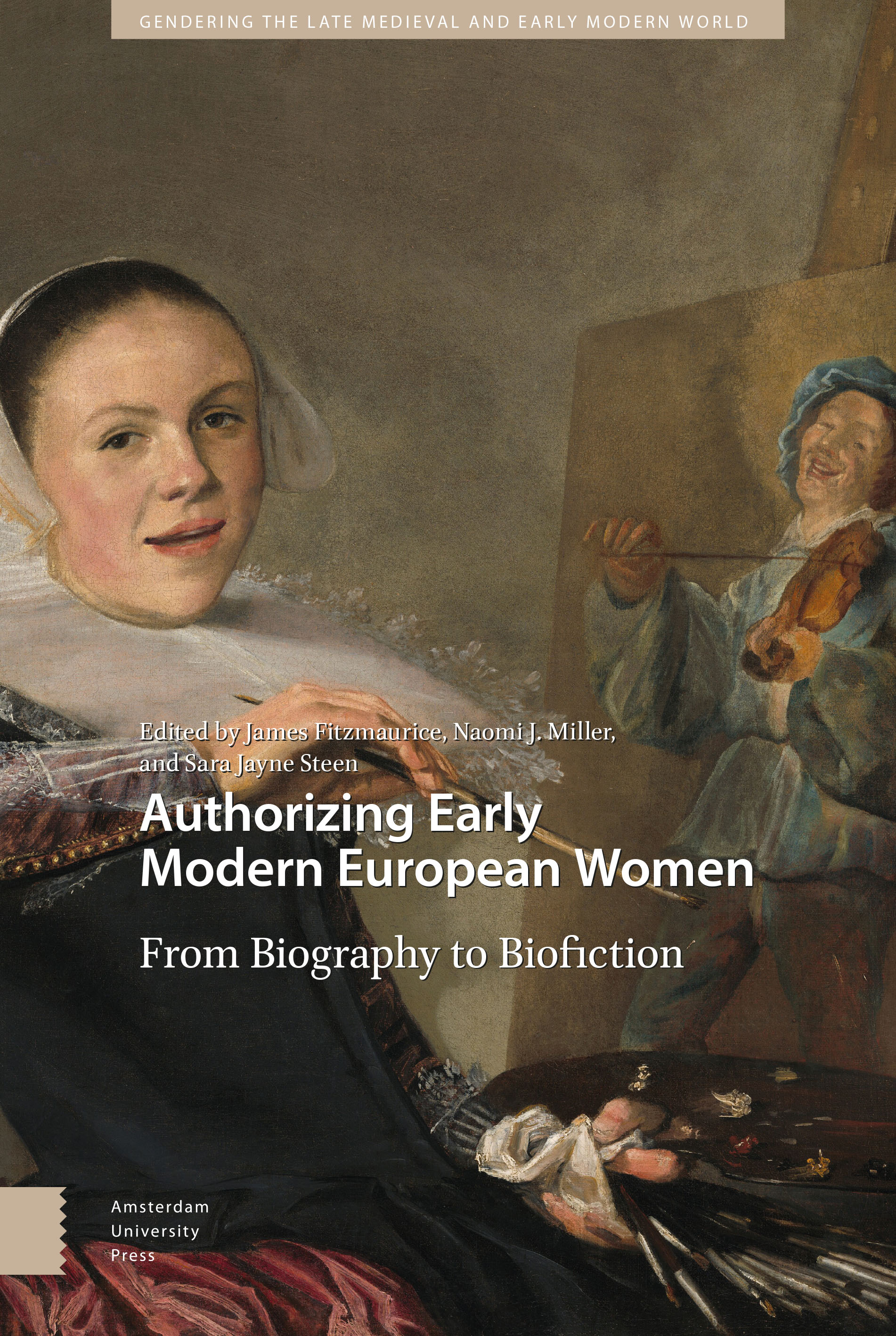3 - “Portrait of an Unknown Woman: Fictional Representations of Levina Teerlinc, Tudor Paintrix”
Published online by Cambridge University Press: 16 December 2021
Summary
Abstract
The Flemish artist Levina Teerlinc (1510/20–1576) was appointed royal paintrix to the court of Henry VIII in 1546 and continued painting miniatures for the Tudor heirs until her death three decades later. Despite Teerlinc's high profile during her lifetime, her reputation diminished in later centuries. Recent years have seen a sharp rise in scholarly interest in Teerlinc's artistic legacy, as well as an increased fictional presence. Working from the same limited sources, five novels deploy very different versions of “Levina Teerlinc” for distinct purposes. As with other biographical novels of women artists, these shore up the artist's role in public memory, making visible another apparently “lost” or “forgotten” female antecedent while simultaneously reflecting contemporary concerns with continued gender inequities.
Keywords: Levina Teerlinc, biofiction, biographical fiction, early modern women, artist fictions, women artists
Introduction
In 1983, reviewing an English exhibition of Tudor miniatures, art historian Graham Reynolds wrote scathingly and sarcastically about attributions to the Flemish painter Levina Teerlinc: “No doubt for some time after this exhibition we shall see the name Levina Teerlinc used, as here, as a synonym for ‘any English miniature painted between 1540 and 1570 and not obviously by Hornebolte, Holbein or Hilliard’” (1983, p. 310). For him, “[T]he chimerical ‘Levina Teerlinc’ so pervades this exhibition that four of the Hilliards are said, without a shred of justification, to be copied from originals by her” (1983, p. 309). In Reynolds's formulation, Teerlinc is a two-fold “chimera”: she is the creature formed from many parts (an amalgam of contemporary but as yet unidentified artists), as well as representing “an unfounded conception” (“Chimera”).
Here I focus on another aspect of the definition: Teerlinc as an “unreal creature of the imagination,” as she is rendered by contemporary fiction writers. To analyze the varied cultural work done in these novels by versions of “Levina Teerlinc,” I look first at how she is represented in her own and later times, to chart the changing nature of her reputation, before investigating recent fictional works. In these she is deployed in both small and more significant ways, performing diverse narrative functions.
- Type
- Chapter
- Information
- Authorizing Early Modern European WomenFrom Biography to Biofiction, pp. 33 - 48Publisher: Amsterdam University PressPrint publication year: 2021

